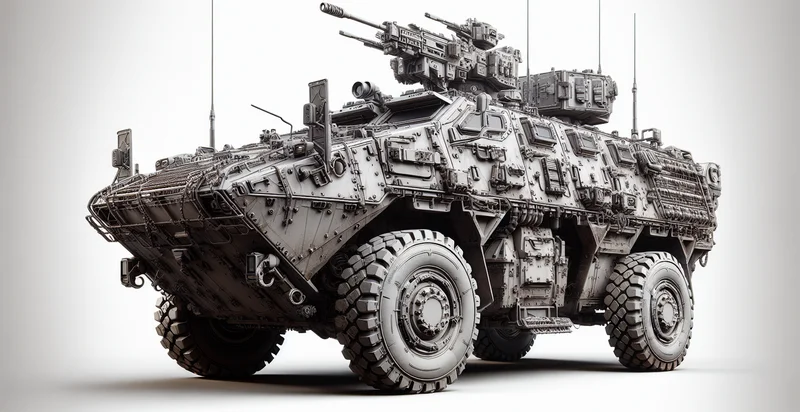Identify apc make
using AI
Below is a free classifier to identify apc make. Just upload your image, and our AI will predict what type of clothing item it is - in just seconds.


Contact us for API access
Or, use Nyckel to build highly-accurate custom classifiers in just minutes. No PhD required.
Get started
import nyckel
credentials = nyckel.Credentials("YOUR_CLIENT_ID", "YOUR_CLIENT_SECRET")
nyckel.invoke("apc-make", "your_image_url", credentials)
fetch('https://www.nyckel.com/v1/functions/apc-make/invoke', {
method: 'POST',
headers: {
'Authorization': 'Bearer ' + 'YOUR_BEARER_TOKEN',
'Content-Type': 'application/json',
},
body: JSON.stringify(
{"data": "your_image_url"}
)
})
.then(response => response.json())
.then(data => console.log(data));
curl -X POST \
-H "Content-Type: application/json" \
-H "Authorization: Bearer YOUR_BEARER_TOKEN" \
-d '{"data": "your_image_url"}' \
https://www.nyckel.com/v1/functions/apc-make/invoke
How this classifier works
To start, upload your image. Our AI tool will then predict what type of clothing item it is.
This pretrained image model uses a Nyckel-created dataset and has 25 labels, including Aav, Abrams, Amx, Bison, Bradley, Btr, Centauro, Challenger, Gordon and Leopard.
We'll also show a confidence score (the higher the number, the more confident the AI model is around what type of clothing item it is).
Whether you're just curious or building apc make detection into your application, we hope our classifier proves helpful.
Related Classifiers
Need to identify apc make at scale?
Get API or Zapier access to this classifier for free. It's perfect for:
- Counterfeit Detection: Businesses can utilize the image classification function to identify counterfeit products by comparing images of genuine items against known fakes. This application is particularly useful in industries like luxury goods, pharmaceuticals, and electronics, where authenticity is critical.
- Quality Control in Manufacturing: Manufacturers can implement the function to automate the inspection process by classifying images of products on the assembly line. This helps in identifying defects and inconsistencies, ensuring only high-quality products reach the market.
- Social Media Content Moderation: Social media platforms can leverage image classification to identify and filter out false or misleading images that violate community guidelines. This enhances user trust and safety by preventing the spread of misinformation.
- Digital Asset Management: Marketing teams can use the function to ensure that the images used in campaigns are authentic and relevant. By automatically classifying images, teams can streamline asset libraries, making it easier to find and use appropriate content.
- Insurance Fraud Detection: Insurance companies can apply the function to identify potentially fraudulent claims by analyzing submitted images. This reduces losses by flagging claims that contain false information or images, leading to more accurate assessments.
- Visual Search Optimization: E-commerce platforms can enhance customer experience by implementing image classification to improve visual search functionalities. This allows users to quickly find similar products, boosting sales and customer satisfaction.
- Art Authentication: Galleries and auction houses can utilize the function to help authenticate artwork by comparing high-resolution images against databases of verified pieces. This supports appraisals and protects against forgeries in the art market.


